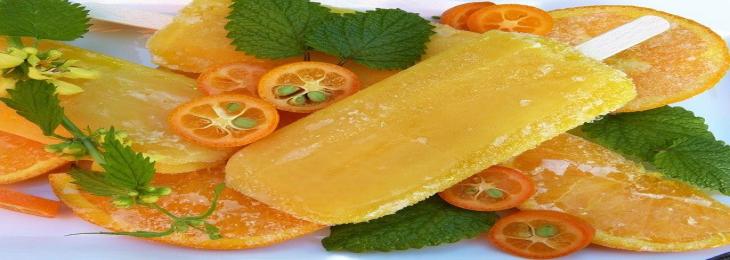
New food freezing method preserves food without turning it into ice by submersing it in liquid.
A team of scientists at Agricultural Research Service (ARS) U.S. Department of Agriculture and University of California-Berkeley developed a novel food freezing method that uses low energy to reduce carbon emission as well as improves food quality. The new food freezing method is called isochoric freezing. It uses sealed and sturdy containers filled with liquid such as water, to preserve food.
The traditional food freezing method requires exposing a food object to air with temperature of 0 °C (32 °F), which freezes food items and tends to turn them into ice, where this new method, isochoric freezing, involves placement of the object in a sealed container. The containers used in this method are normally produced from metal or hard plastic and are filled with liquid such as water. The object kept inside the container is submersed in liquid inside it. When the temperature of the container is lowered to a pre-set temperature, the fluid around the object protects it from turning into ice and preserves the quality of the object. The scientists claim that global use of this new food freezing method could lower energy use by about 6.5 billion kilowatt/hour annually and reduce carbon emissions by 4.5 billion kg. Moreover, employment of this novel method by food manufacturing organizations could offer significant power savings without needing any substantial changes.
Furthermore, fresh foods such as potatoes, tomatoes, and sweet cherries that are challenging to preserve with usual freezing methods, can also be preserved with isochoric freezing. This new food freezing method also exterminates microbial contaminants. The team states that the new food freezing process will work in a freezer at home, as the product developed by the team is economical and convenient. With all the beneficial characteristics, this novel concept could be a revolution in food industry.






